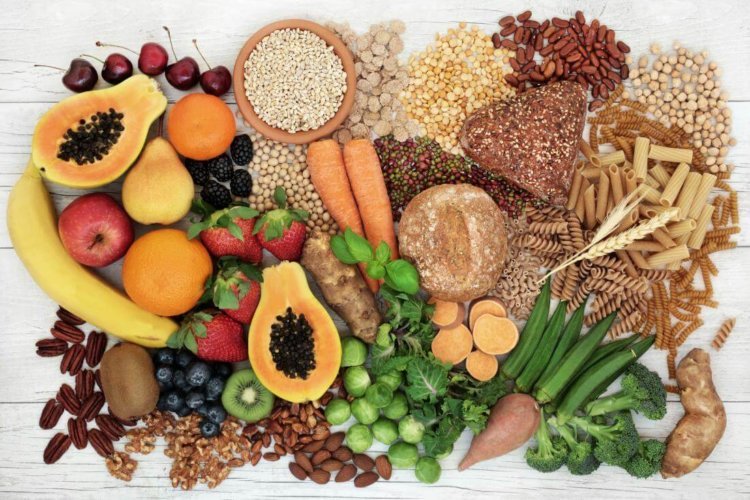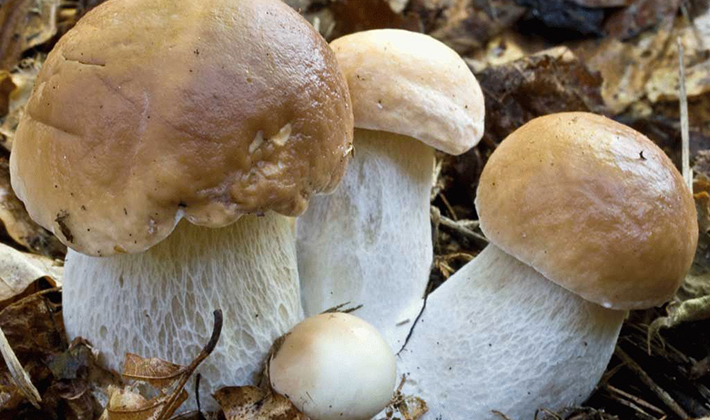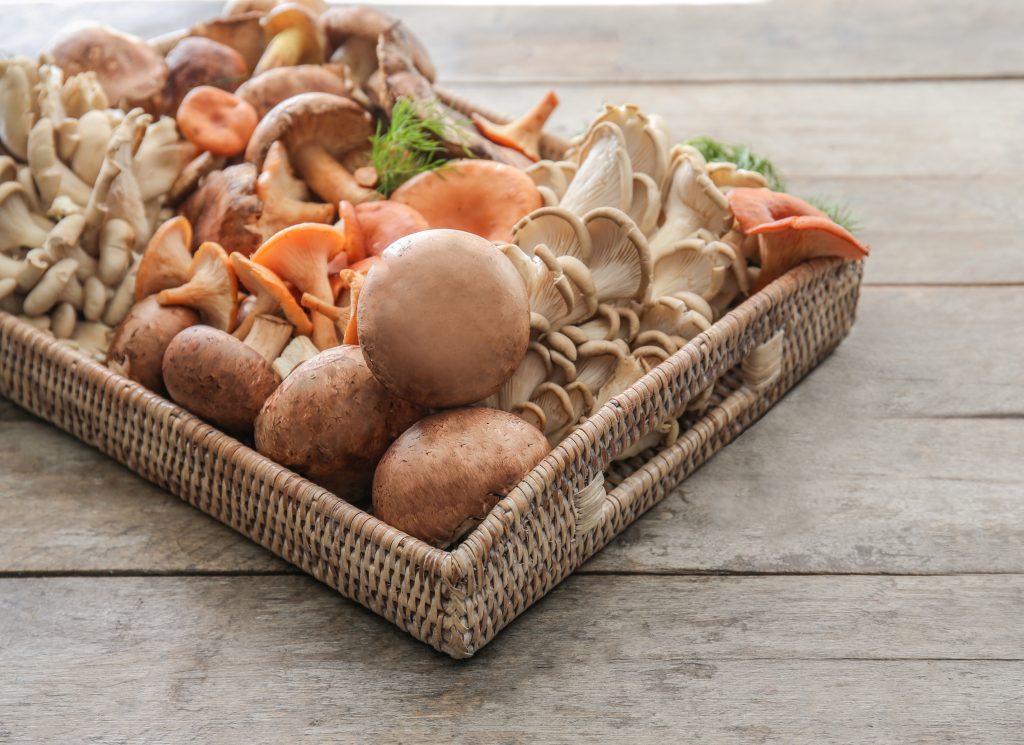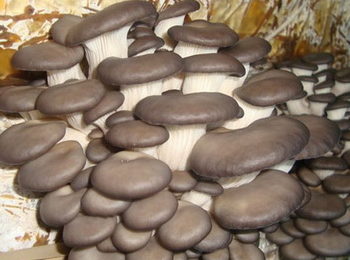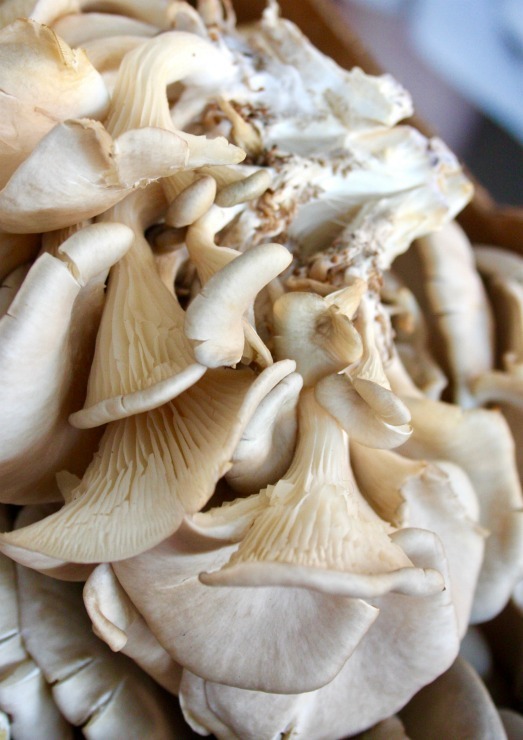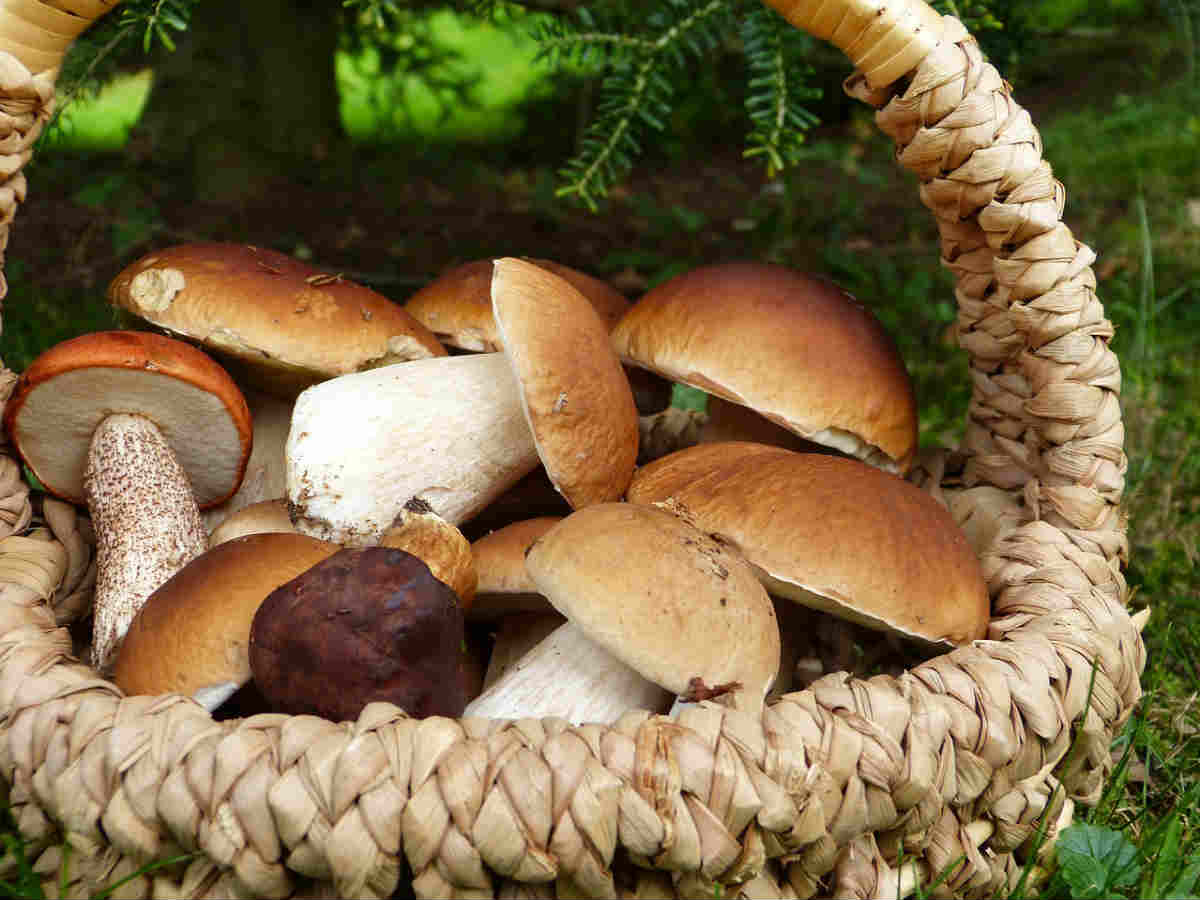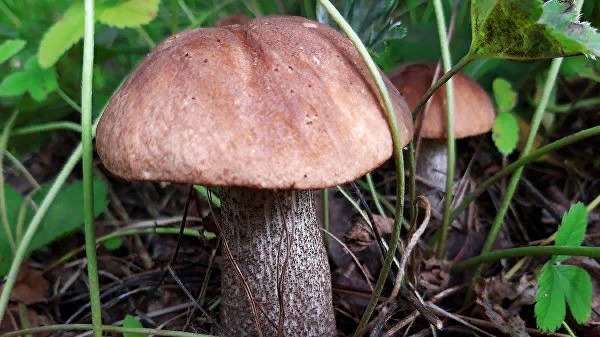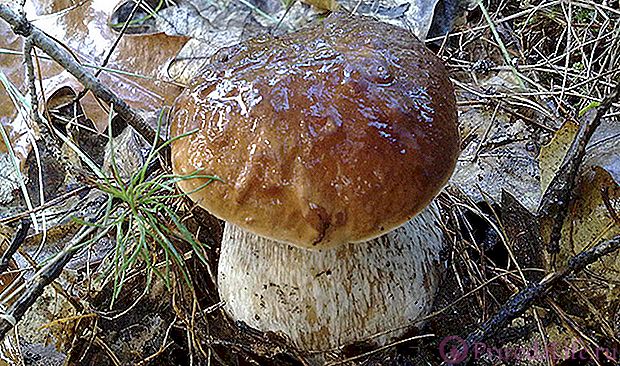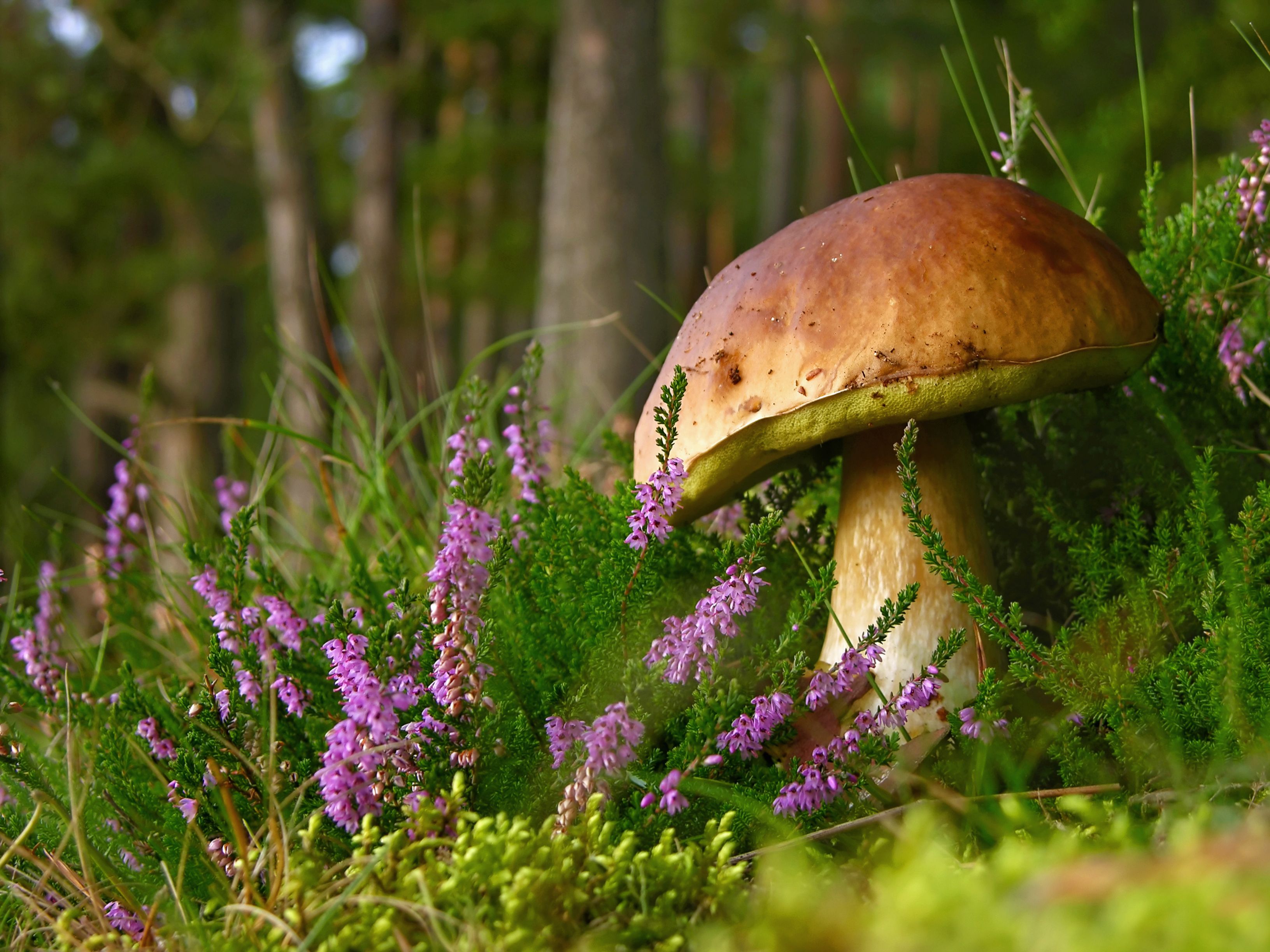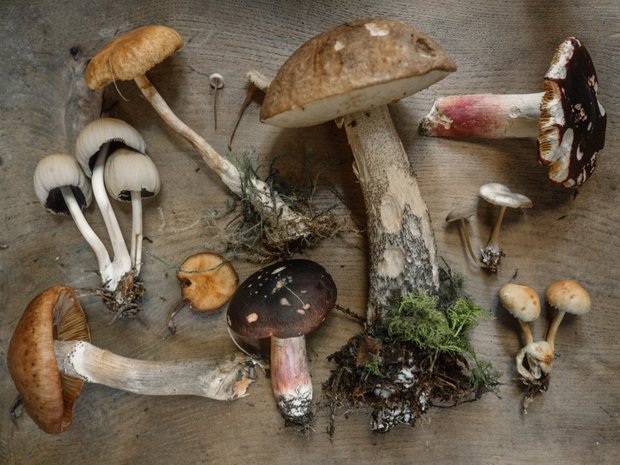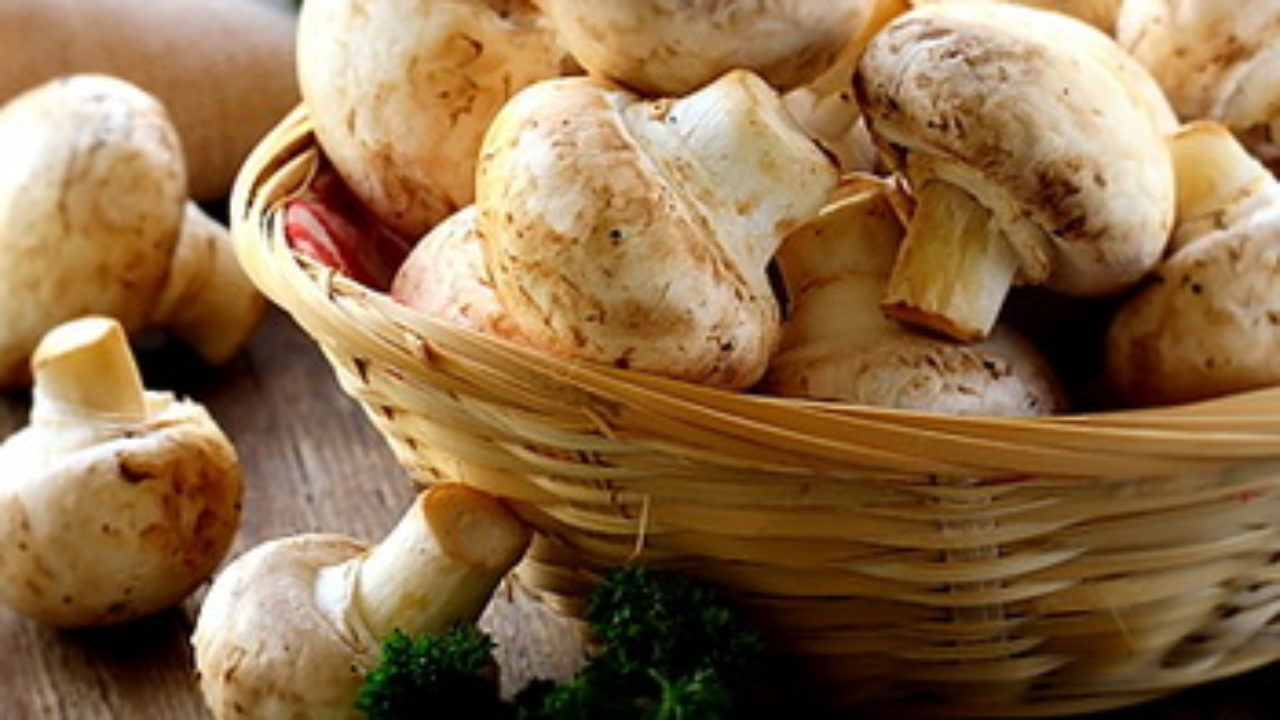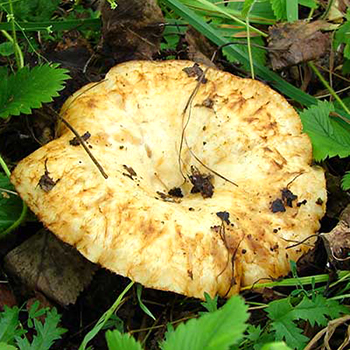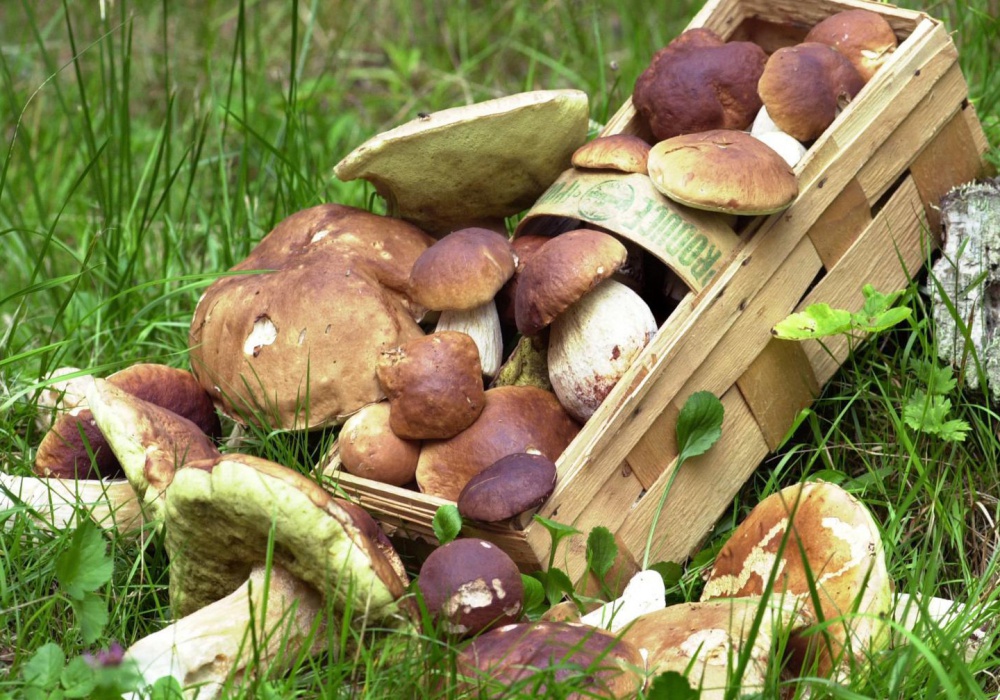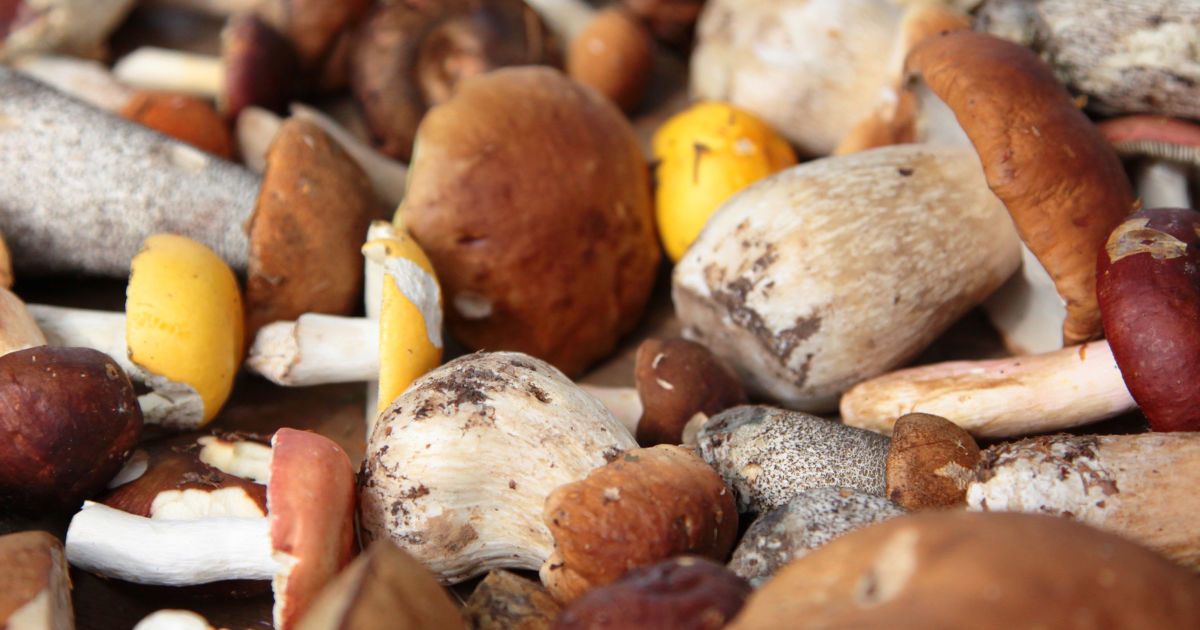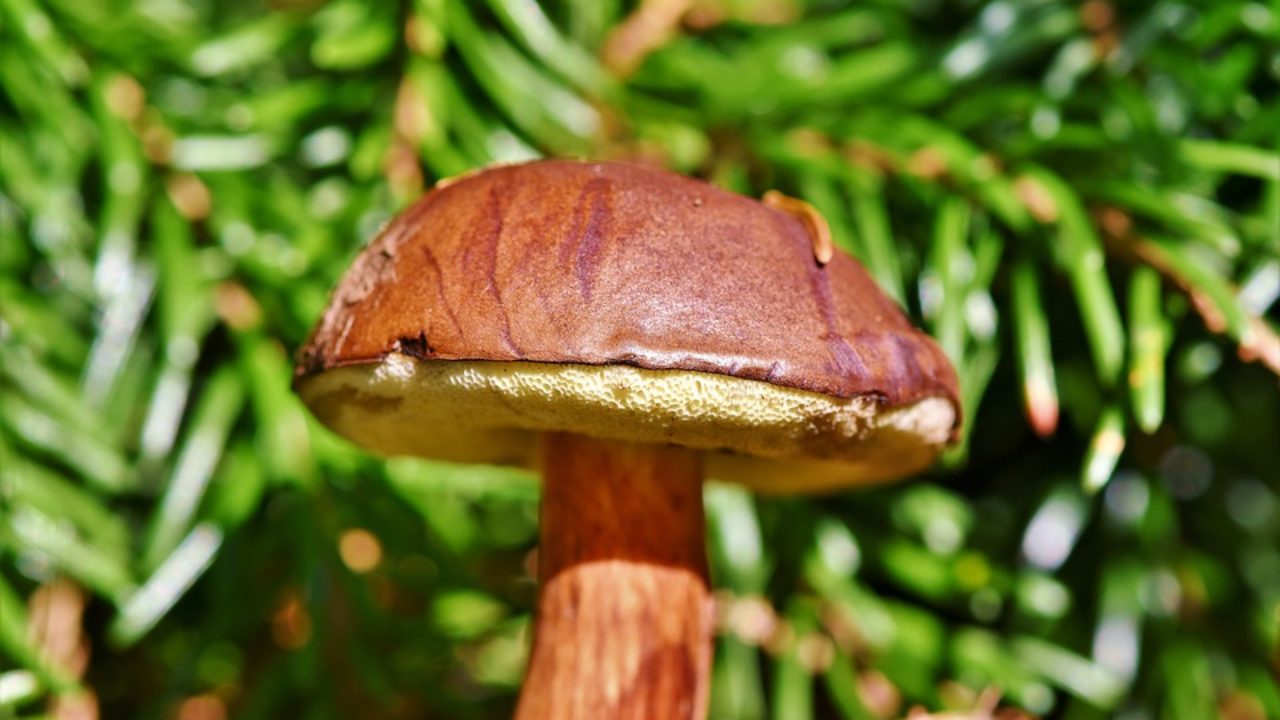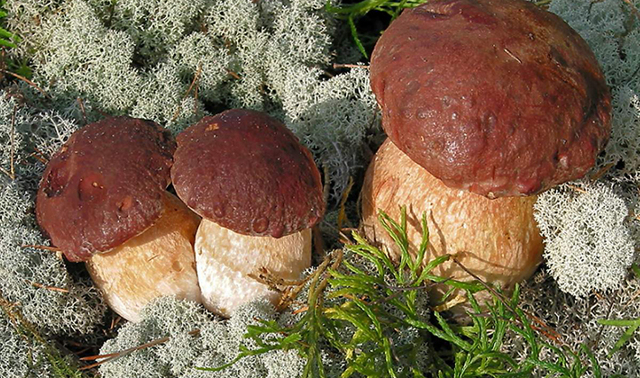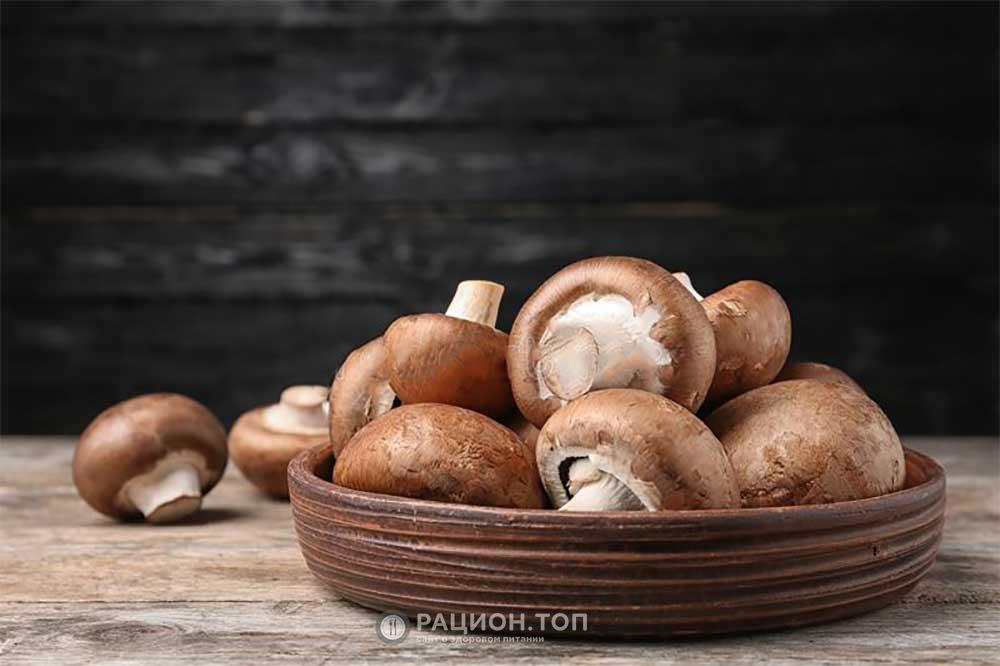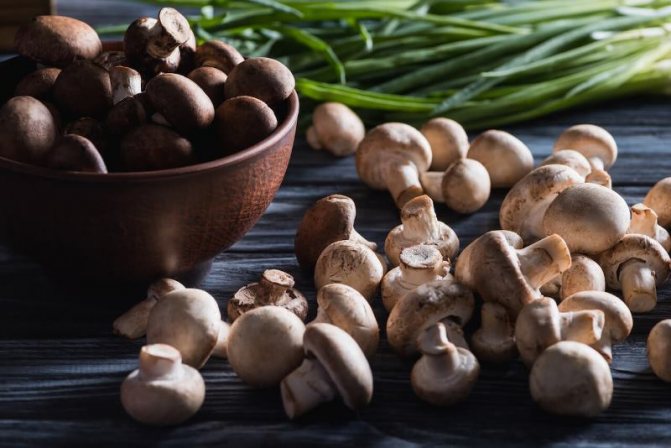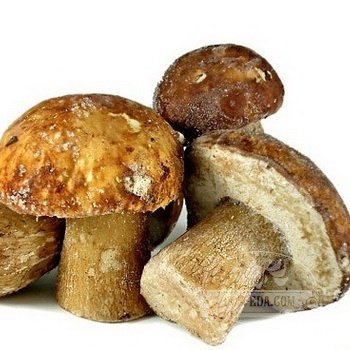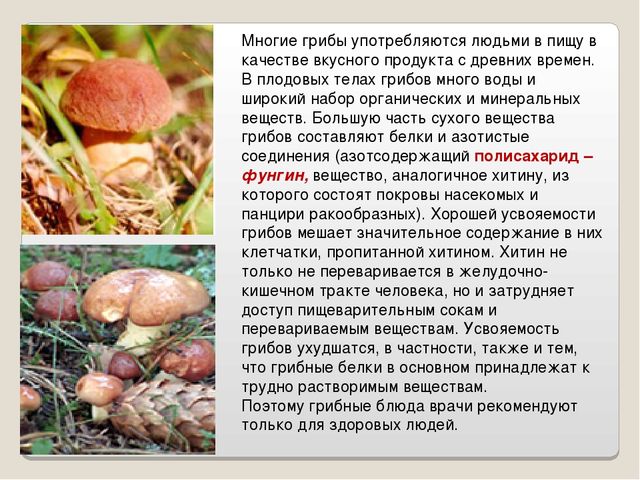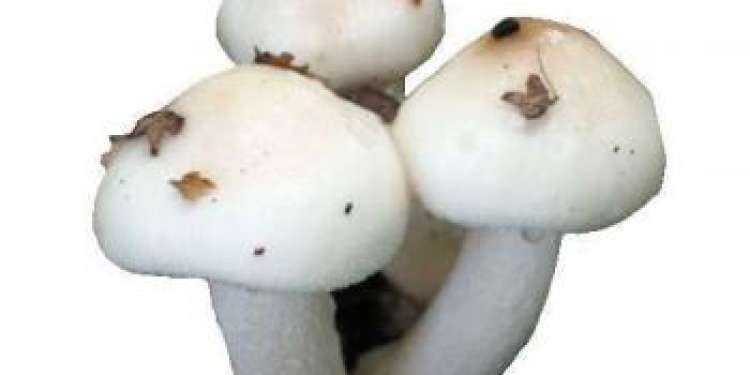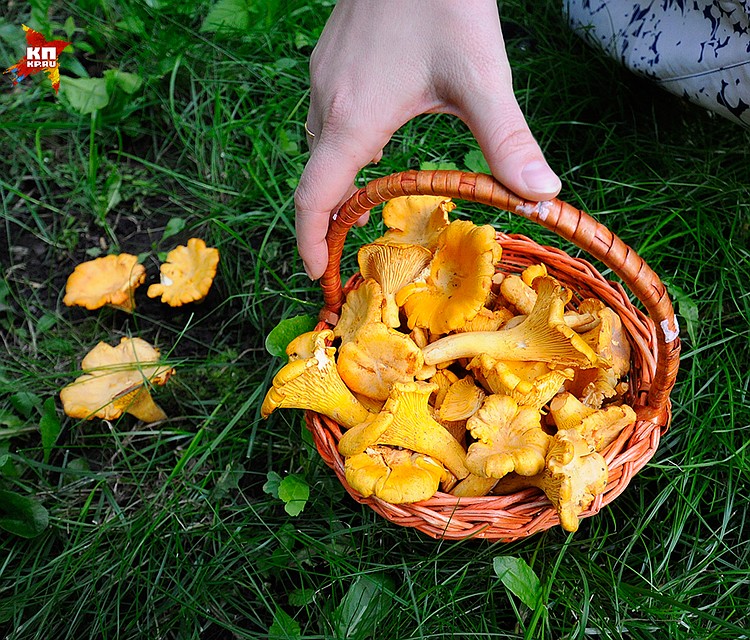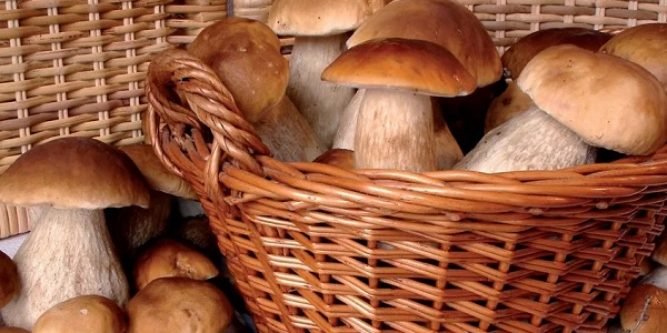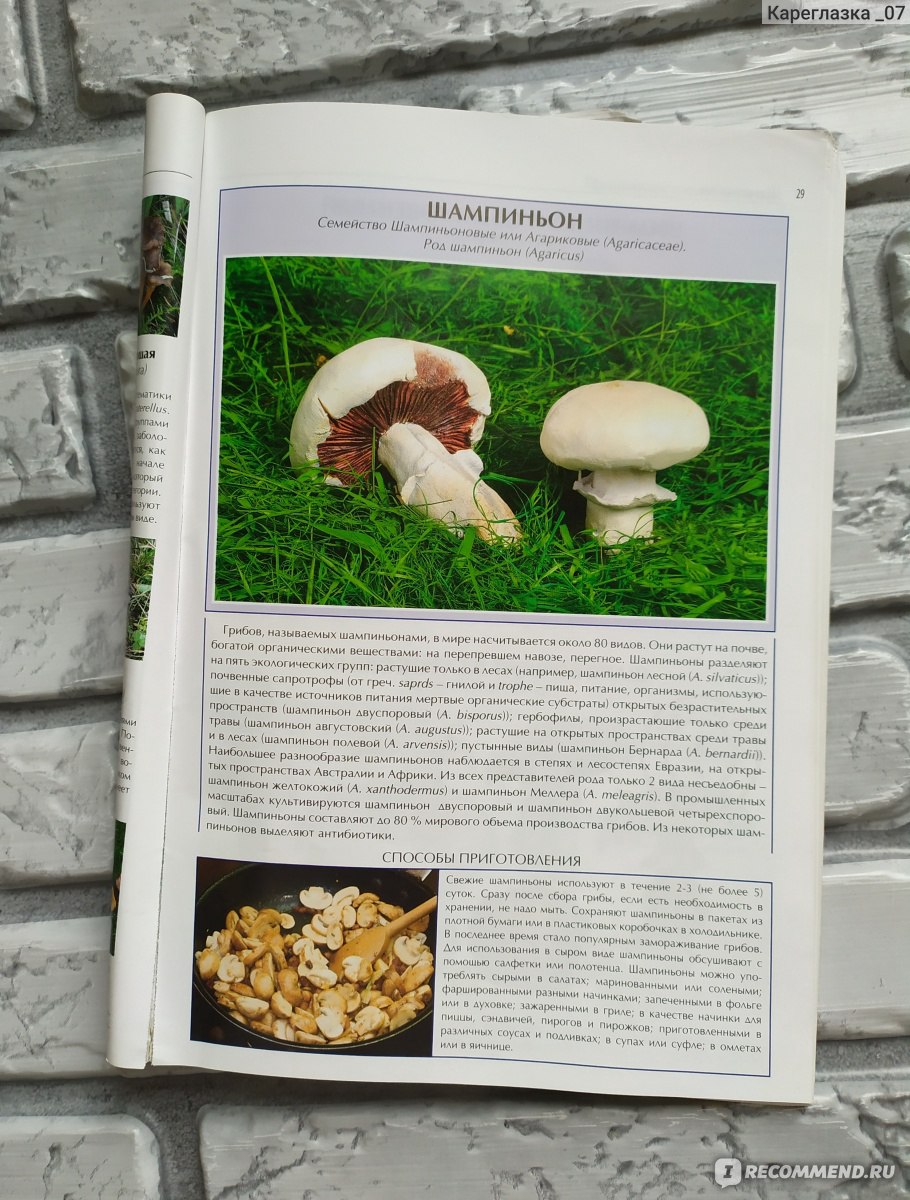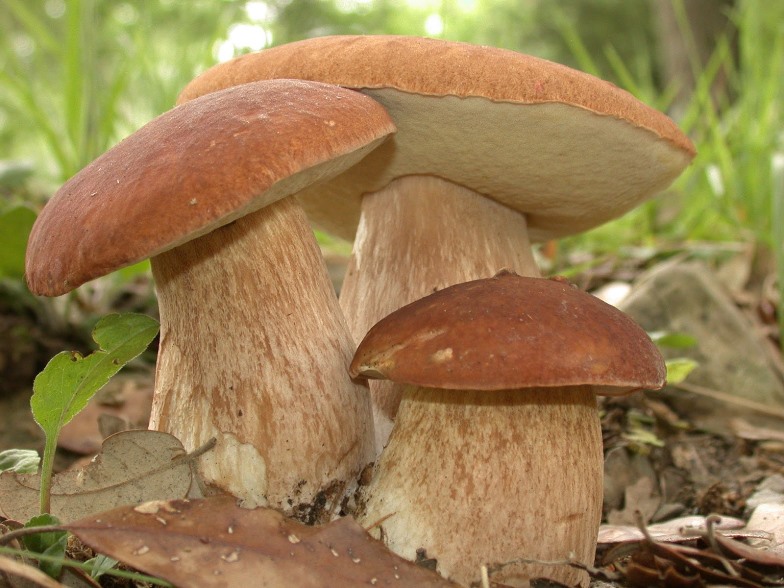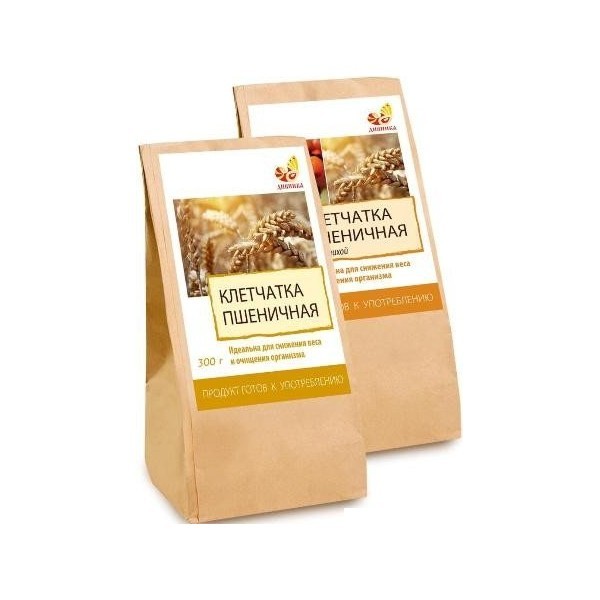I'm not opposed to fiber in adequate amounts
To avoid hysterics, I, as always, need to indicate my position.
With regard to fiber dependence and its harm, the effect is dose-dependent! The more fiber in the diet, the more problems from it. In a totally healthy person, adequate fiber should not cause problems. It will still transit. And you shouldn't expect any benefit either. Remember, fiber has no real function or nutritional value! This is the same as paper!
The problem is that fiber is touted as not only harmless, but very beneficial. Allegedly, you can not overdo it with her. This trigger works perfectly in the psychology of the modern crowd: "Since there is no harm, then you can not observe the measure." And so, a bowl of lettuce or apples is already consumed in anticipation of the benefits.
In the end, let's imagine that fiber is really mega-useful and harmless. Then forced vegetarian countries like India should be healthier than all others, where fiber is malnourished. But Indians suffer from the same diseases, and some even more. India now has the highest incidence of type 2 diabetes.
If you feel good eating vegetables and everything suits you, then I'm just glad. However, my article will help those who already have real health problems. On the other hand, the damage to fiber isn't always felt right away. Because this is a time bomb. But, if nothing bothers you and the quality of life is nowhere higher, then there is no need to invent problems.
When to suspect intestinal fiber dependence
If, without plant foods, the regularity of the stool decreases, then it's time to think about it. Here's a simple home experience: Cut out all plants for a week. If in a week there is at least once a break between stools for more than 72 hours, then there is already a dependence on fiber. And this is already a serious stage. After discovering this effect, you need to return some of the fiber to the diet so as not to harm yourself. More on this below.
And behind the fiber addiction lies a tired, damaged, irritated and even paralyzed gut.
When to suspect tired / worn out / paralyzed intestines
- The harder you have to push, the higher the intestinal fatigue and the stretching of its walls.
- Pain, discomfort during bowel movements, and prolonged bowel movements are indicative of bowel damage.
- Hemorrhoids, bleeding, cracks, hernias and the like are 100% signs of fatigue and deterioration of the intestines. As well as any inflammatory problems: enteritis, colitis.
- If enemas, laxatives, rinsing are required to go to the toilet.
In all these cases, I recommend limiting any fiber as much as possible. Until the natural bowel function is established. After that, it will be possible to gradually return sources of fiber in very low quantities, and even then not all
At the same time, it is important to understand that, as a result, everyone will have their own individual tolerable rate of fiber per day after eliminating the consequences of its excessive consumption. Bowel rehabilitation after addiction and damage can take a long time
How not to make your constipation worse by cutting down on fiber
IMPORTANT! Each person has a different history and medical history. Therefore, it is not necessary for everyone to exclude fiber from the diet at the same rate.
The more you age and health problems (especially from the intestines), the slower you need to do it! Only relatively young and healthy wards can drastically cut fiber without consequences! How do you know if you're too hasty with your fiber intake? If, after excluding fiber, you lost stool for 3+ days and constipation only worsened, then you have too radically excluded sources of fiber from your diet.
Hurry slowly to prevent this from happening! You need to measure the starting fiber in your diet first. The more accurate the better and preferably in grams. And then gradually reduce the amount. The safest speed will be 5-10% every 2-4 weeks and even slower. Yes, I agree that it sounds very slow. But I deliberately choose the safest speed. Because this advice will be read by a very wide audience and I do not want anyone to get hurt by eliminating fiber too quickly. The speed of this process may be faster, but for this you need to understand the life history of the patient's medical history.
A low fiber diet is necessarily built into the Wave Out protocol. Therefore, the Wave can be used to rehabilitate tired, damaged, irritated intestines. Most importantly, remember that the post-Wave fiber elimination should be gradual so as not to create problems.
Folk remedies

The fastest and easiest way to combat constipation is to use laxatives that stimulate intestinal motility through chemical action. These include: "Gutalax", "Fortrans", "Bisacodyl", glycerin candles, "Duphalac", "Normase", "Lactusan".
However, when abused, they disrupt the electrolyte balance, reduce the sensitivity of receptors, and cause addiction to the body. Folk remedies, on the contrary, contain substances that contribute to the softening of feces - vegetable, vaseline oil.
Methods for dealing with constipation:
- Warm water on an empty stomach (300 milliliters) to start the digestion process.
- Fresh kefir before bed.
- Raw fruits and vegetables: cabbage, beets, plums.
- Belly massage.
- Red mountain ash syrup infused with alcohol. To prepare a medicinal drink, the berries are covered with sugar, in a ratio of 1: 1 or 1: 2, insisted for a month. Then the syrup is separated from the cake, alcohol is added at the rate of 25 milliliters of ethyl per 500 milliliters of rowan juice. Take 25-50 milliliters in the morning before meals.
- Burdock root infusion. Pour 5 grams of raw materials with 200 milliliters of hot water, leave for 3 hours, take 100 milliliters 3 times a day before meals.
- Medicinal collection for constipation. Combine 7 grams of hay leaves, fruits of anise, zhoster, licorice root, buckthorn bark, pour boiling water over, leave for 2 hours. Consume 100 milliliters 30 minutes before a meal.
- Decoction of raisins or flax seed.
- Freshly squeezed grape juice. Before breakfast, lunch and dinner, drink 150 milliliters.
- Sauerkraut. To normalize bowel function, 150 grams of the product are included in the daily diet. Sauerkraut contains organic vitamin C, lactic acid bacteria, dietary fiber, potassium, which fight intestinal problems, eliminate manifestations of dysbiosis, and restore the motor function of the organ.
- Prune broth. Pour berries (500 grams) into boiling water (3 liters), cook a laxative drink for half an hour. Then remove from heat, cool, add 50 grams of mashed buckthorn bark, boil for 20 minutes. After that, 200 grams of rosehip extract is introduced into the cooled broth.
Directions for use: take 150 ml of the product regularly before bedtime until complete recovery.
To eliminate constipation in a child under 2 years old, the baby is given dill water (5 milliliters each), Duphalac, glycerin candles are also allowed. Method of preparation: pour 5 grams of seed with 200 milliliters of boiling water, leave for 40 minutes, drain. For children over 2 years old, to normalize the motor function of the intestines, you can give an infusion of mint, aloe juice and mix 5 grams of bran (wheat, oat) into the porridge. Constipation in a child can be associated with a sharp transition from one type of mixture to another. Children over 7 years old are allowed to give the same laxatives as adults.
Fiber-containing foods
Fiber-rich foods are bran, dried fruits, legumes, mushrooms, cereals, wholemeal bread, nuts, vegetables, berries, fruits. By consuming all these foods regularly, you can get the amount of fiber you need for your body without resorting to special supplements that contain it. Now such drugs are very relevant and are sold in pharmacies, but it is still better to give preference to natural products, the benefits of them are much greater for health. But the bran deserves to be discussed in more detail.
Bran
Bran is a unique product that prevents and heals many diseases, but for some reason is not popular with most of us. The benefits of bran are proven, and you can now buy them at any pharmacy or in the health food section of major stores. Brans are wheat, rye, rice, oat, corn, barley. All of them have nutritional value, as they contain a large amount of fiber that cleanses our body.
In addition to the fact that the bran has an absorbing effect in the intestines, which in itself has invaluable benefits, the bran contains a lot of useful substances, including B vitamins, vitamin E, carotene, nicotinic acid. The bran contains minerals such as potassium, magnesium, zinc, chromium, selenium, copper and others.
It is recommended to steam the bran with hot water before use. After cooling, the water must be drained, and the remaining softened bran should be eaten before meals with water.
You need to introduce bran into your diet gradually, starting with half a teaspoon, so as not to provoke bloating and other unpleasant dysfunctions of the intestines. Gradually, over several weeks, you can bring the amount of bran introduced into the diet to a tablespoon three times a day.
In pharmacies, bran is sold in the form of crispy balls, this is a ready-to-eat product, they do not need to be steamed, but simply eaten according to the attached instructions. Such bran is often enriched with various vegetable additives to increase their value, I have come across bran with carrots, seaweed, Jerusalem artichoke, and blueberries.
If you want to know more about the benefits of bran, you can read my articles.
Wheat bran for health and weight lossOat bran for our health

Cereals
One of the important suppliers of fiber is cereals, these are buckwheat, brown rice, millet, oatmeal
Eating whole grains is important, and instant foods that are so popular and easy to use are processed to be free of coarse fiber and therefore not as valuable as whole grains.
Vegetables and fruits
A good supplier of coarse plant fibers are vegetables and fruits, which should be present on our table every day.
It is very important to eat your vegetables raw in order to get the most fiber from them. It is clear that this is not always possible, and not all vegetables can be eaten raw, but cabbage, carrots, bell peppers, root celery, radishes, turnips, rutabagas, daikon, leeks, all leafy vegetables must be added to salads in raw the form
There is a lot of fiber in the peel of the fruit. As for apples, here you need to take into account where these fruits grew, and in the season when local apples appear on sale, you need to eat them without peeling the peel so that the body gets as much pectin as possible. This does not apply to imported imported apples, the peel must be cut off from them, since all apples that have to be transported and stored for a long time are processed with special substances that are not harmless to us.
If you like fruit and berry juices, then try to squeeze them with pulp, which contains a lot of fiber, but it is still healthier to eat whole fruit, getting much more nutrients for your body.Sweet fruits are right to eat before meals or one hour after meals, so they give the maximum of their benefits.
How to eat fiber properly
For people who regularly eat predominantly processed foods or baked goods, it will be difficult to immediately consume the required amount of fiber per day. Therefore, below are the rules that will help you introduce beneficial polysaccharides into your diet without harm to your health and get the most of the benefits from them:
- Increase the dose gradually until the daily rate is reached.
- By increasing the consumption of saccharides, increase the amount of water you drink.
- Eat vegetables and fruits raw. Only light roasting, steaming or braising is allowed.
- A higher percentage of fiber is found in the peel, and not in the pulp of a vegetable or fruit. Therefore, if possible, do not clean the products.
- Eat fiber-rich foods in the morning to provide the body with energy throughout the day.
Whole grains and fiber
Cereals are the edible seeds of plants. Whole grains are high in fiber and fiber. Whole grain is used to describe food that contains all parts of a natural grain, including the grain germ (grain embryo), endosperm (the layer that surrounds the embryo that contains carbohydrates and protein for the growth of a young plant), bran (the protective layer around the endosperm) ...
Refined grains are composed primarily of endosperm, while whole grains have three layers. Various types of grains are used for modern cereal products, including wheat, rice, corn, barley, oats, and rye. The amount of whole grains in food can vary, which affects the fiber content of the final product.
Scientific research in recent years has shown that people who eat more whole grains and fiber-rich foods are at lower risk of obesity, cancer, diabetes and heart disease than people who eat few of these foods.
Cereals also contain valuable phytonutrients - naturally occurring plant substances that have biological effects and are beneficial to the body. These protective elements include plant lignin, phytic acid, antioxidants, and other compounds. Like fiber, phytonutrients are found primarily in the outer layers of grains (bran and germ), and therefore more in whole grains. Sometimes the bran layer is added to the food separately, as in some cereals and breads. Bran has little or no nutritional value. We do not digest or assimilate them. As they pass through the digestive tract, they accumulate fluid and swell, creating a large soft mass that speeds up bowel movement and, by diluting with itself, lowers the levels of fat breakdown products that are associated with the formation of carcinogens. The bran is also sold as a food supplement in concentrated tablet form. When research showed that we would be much healthier and live longer if we ate coarse foods that contain no more indigestible fiber for the digestive tract, many people quite reasonably became addicted to fiber, although most of them did not know (and before still do not know) that fiber is represented by different types and different types perform different functions.
Always start your day with breakfast and choose whole grains (look for "whole" or "whole grains" in the ingredient list). Choose whole grain or multigrain breads. Make homemade bread with whole grain flour. Eat whole grain cereals. For a change, try whole (unpolished) or wild rice. Experts warn that the more processed the product, the less fiber it contains.
Increase your fiber levels gradually, but don't overdo it!
The biggest danger is that dietary fiber tends to absorb moisture quickly, which can lead to dehydration. Don't panic right away, as fiber has limited absorption capacity. Accordingly, in order to avoid this manifestation, you just need to consume a large amount of water.
Sources of fiber
Many have heard about the benefits of vegetables and fruits for the length of the gastrointestinal tract due to their high content of dietary fiber. But there are actually other foods that are high in fiber. In addition, ready-made dry dietary fiber can be purchased at the pharmacy. They are in demand among people who want to lose weight, athletes, constipated.
Dry fiber
The benefits of dry fiber are no different from those found in vegetables, fruits, and other foods. The undoubted advantage of powder polysaccharides is ease of use. You can accurately calculate what dose of a substance enters the body. Therefore, dry fibers are used for medicinal purposes, for weight loss. There are several types of powdered carbohydrates:
- wheat;
- Siberian;
- from flax seeds;
- from milk thistle seeds;
- pumpkin;
- oat;
- hemp.
Wheat
Overweight people will definitely find benefits in wheat fiber. It belongs to the group of soluble fibers. Once in the gastrointestinal tract, it swells. Thanks to this, the feeling of hunger is absent for several hours.
Wheat-derived polysaccharides contain cellulose and lignin. These elements have a beneficial effect on the colon wall. They contribute to the repair (restoration) of the mucous membrane, cleanse it of toxins.
Siberian
Siberian fiber is very common in Russia. It is made by many companies. In addition to powder, you can find dry smoothies, yoghurts, herbal teas and even marmalade containing dietary fiber.
The benefits of Siberian fiber, like wheat, are in weight loss and bowel cleansing. This drug does not belong to the group of drugs. It is considered a dietary supplement. The difference between Siberian fibers and ordinary bran is the absence of unnecessary impurities.
Important! When using fiber for weight loss, drink it with plenty of water. Thanks to this, it swells and eliminates the feeling of hunger for several hours.
Antioxidant and anti-allergic properties further enhance the benefits of Siberian fiber for the body.
From milk thistle seeds
In addition to the beneficial properties of all types of dietary fiber already listed above, hepatoprotective effect is attributed to fiber from milk thistle seeds. It protects liver cells (hepatocytes) from the effects of toxic substances: alcohol, medicines, heavy metal salts. Polysaccharides promote the formation of new cells to replace the destroyed old ones.
Flaxseed
Flaxseeds contain a lot of mucus in addition to dietary fiber. It has an enveloping effect. After taking a handful of seeds, mucus coats the lining of the stomach and intestines. Therefore, flax is used in the complex therapy of inflammatory and ulcerative diseases of the gastrointestinal tract.
Flaxseed fiber itself has antioxidant properties. A warm infusion helps to get rid of dry cough.
Pumpkin
Pumpkin fiber is a dietary product. With its regular intake, the general condition of the body improves. It promotes weight loss, increases the body's immune response, and improves bowel function.
Oatmeal
Oat fiber is one of the most effective treatments for constipation. After taking 1 tbsp. l. product after 8 hours, bowel movement occurs.
Attention! With prolonged constipation, accompanied by a deterioration in the general condition, it is necessary to consult a gastroenterologist or surgeon
Hemp
The benefits of hemp fiber primarily include weight loss. Regular intake of this dietary supplement in combination with exercise and a balanced diet effectively reduces the layer of subcutaneous fat. In addition, it improves immunity, lowers cholesterol levels, slows down cell aging and prevents cell death.
Insoluble fiber
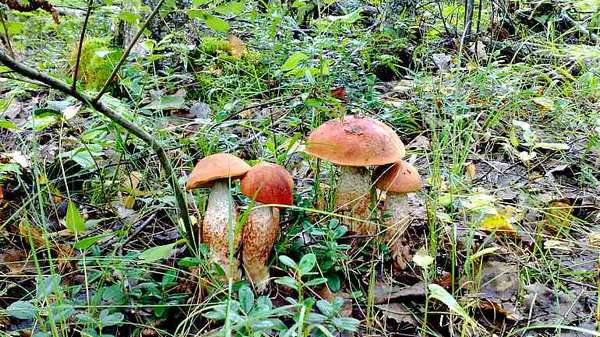
Insoluble fiber does not dissolve in water. Also known as coarse dietary fiber, it is indigestible. They can absorb water well, but do not swell like soluble fiber.
The use of the substance is to soften and form fecal masses in the lower part of the digestive tract, light mechanical irritation of the intestinal wall and accelerate peristalsis.
The insoluble type includes:
- Some hemicelluloses.
- Cellulose (cruciferous and root crops, grain husks).
- Lignin (woody parts of plants).
What foods contain coarse fiber:
- shell (husk) of cereals, whole grain bread,
- mushrooms,
- nuts and seeds,
- brown rice
- wheat, corn bran,
- flax-seed,
- cauliflower, beans, zucchini, celery.
The main functions of insoluble fiber in the diet:
- In the stomach - creating a feeling of fullness (satiety).
- In the intestine - counteracts constipation and its complications.
- Prevention of dental caries.
The beneficial properties of fiber
Fiber (also called dietary fiber in our case) is ideal for losing weight. This nutrient provides fast saturation of the body. It is present in all variety of plant foods, so you can make up a diet and take it on a diet, including various types of foods. Fiber has many beneficial properties:
- Maintains a favorable microflora in the human stomach.
- Helps normalize cholesterol.
- Interferes with the increase in blood sugar.
- Carries out a complete cleansing of the body from slag formations and toxins.
- Promotes weight loss by fat burning.
- Has the effect of breaking down fat cells.
- Saturates the body with vitamins and minerals.
- Has a laxative effect.
Despite all the benefits, you need to figure out how to consume dietary fiber correctly in order to get the best results. There are a lot of foods containing fiber, so it will not be difficult to lose those extra pounds with its help.
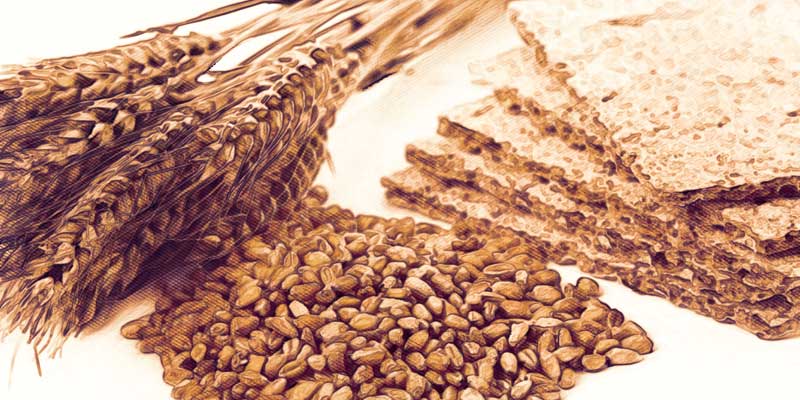 The best source of vegetable fiber is grains
The best source of vegetable fiber is grains
A person can immediately understand when he lacks dietary fiber in his body:
- Constipation.
- Bad complexion.
- Cholelithiasis.
- Oncological diseases (well, you can't immediately understand here, but still).
Fiber is essential for pregnant women. When taken regularly, fiber can help normalize bowel movements and blood sugar levels. Daily Dose for Pregnant Women: 30 grams per 1,000 calories. In the postpartum period, eating fiber reduces the risk of obesity by 25%.
A person has not only a lack of fiber, but also an excess of it. It is not recommended to consume it in large quantities. A person will notice signs immediately:
- Violation of the balance of acid and alkali in the gastrointestinal tract
- Excess in the body, like a shortage, can provoke the multiplication of cancer cells in the intestine.
How much fiber should you consume daily?
On the question of how much fiber a person needs per day, experts agree and recommend at least 20-35 grams. Daily.
This dose is optimal for men and women over 18 years of age. For children 2 years and older, the number is calculated using a simple equation. Added to age 5. Therefore, a 5-year-old child should consume about 10 grams per day.
In addition to preventing the appearance of extra pounds (ensuring a feeling of satiety), an important substance is useful for pregnant women and during breastfeeding, when there is a risk of impaired defecation, along with the inability to use most pharmaceuticals
Types of fiber
Dietary fiber has a complex qualification for various reasons, I will not fully describe it, but only briefly list it for general presentation.
Macronutrients of plant origin differ from each other:
- In chemical structure, two areas are distinguished here, which include lignin (these are non-carbohydrate fibers) and polysaccharides (gums and pectins, hemicellulose and cellulose ..);
- In cleaning methods (refined and unrefined);
- By raw material origin. Answering the important question of what fiber is contained, the sources are divided into two groups. One includes dietary fiber obtained in an unconventional way, using the stems of herbaceous plants, cereals, reeds, and even fibers from deciduous and coniferous trees. And in the other group, all vegetables and cereals belonging to traditional origin;
- By the solubility of fibers, since macronutrients are soluble, such as (mucus and gums, derivatives and pectin). And insoluble such as (lignin and cellulose);
- By the degree of processing in the intestine. Some macronutrients are completely fermented (gums and pectin, hemicellulose and mucus). Others are completely too tough for microorganisms and their enzymes and they leave the body unchanged (lignin). And still others, only partially processed, are: hemicellulose and cellulose.
Siberian fiber benefits. "Siberian fiber" - efficiency
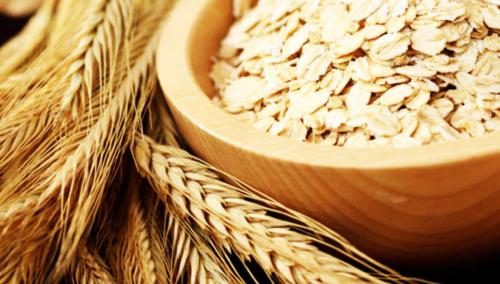
Fiber is the fiber found in plants, fruits, vegetables, and other foods. They are not assimilated by the body, therefore they belong to the category of "rough food". But this ability was the basis for a special biologically active food supplement called "Siberian fiber".
How does it work and how effective is it?
Siberian fiber is designed to replenish the missing amount of dietary fiber in the diet and, due to its cleansing effect, reduce weight. It does not contain chemical and aromatic additives, dyes, but only the shell of cereals, fruit and berry additives, as well as nuts. Considering that most of the existing diets today are based on an increased intake of dietary fiber, such a dietary supplement can compensate for their deficiency in the diet and have the same effect of weight loss. The manufacturers of this supplement claim that it can improve intestinal motility, reduce or bring cholesterol levels closer to normal, cleanse the body of toxins and toxins, and improve skin condition.
How to take it right
Most rigid diets are very painfully tolerated by the body, often aggravating existing diseases and contributing to weight gain immediately after the end of the diet. Siberian fiber is able to prevent such unpleasant consequences. Swelling in the stomach, it reduces the feeling of hunger, without traumatizing the psyche of a person who is forced to deny himself everything for the sake of a slender figure. A person who cares about their health should consume 200-250 grams of fiber per day in fruits, vegetables and cereals. If it is problematic to follow these recommendations, the missing amount can be compensated for with Siberian fiber. It is enough to take from 20 to 150 grams of the drug per day, adding it to any liquid, juice, tea, fermented milk products, etc.
The simplest regimen for taking this dietary supplement is to use 2 tablespoons of the drug, diluted in one glass of liquid 4 times a day. But the effectiveness of Siberian fiber will largely depend on the diet of losing weight.Experts recommend reducing the calorie content of the diet to 1200-1500 Kcal per day, giving up fast food, semi-finished products, fatty and fried foods, giving preference to fermented milk products, cereals, vegetables and fruits. It is necessary to understand that this diet is not a panacea, but only a means in the fight against extra pounds.
Contraindications
Siberian fiber should not be taken by persons suffering from gastrointestinal diseases - gastritis, ulcers, pancreatitis, colitis, etc. With individual intolerance, this supplement can cause bloating, heaviness and discomfort in the intestines. If the permissible dosage is exceeded, there is a risk of stretching the walls of the stomach, which in the future will cause an increase in appetite, and as a result, subsequent weight gain. To keep muscles and skin in good condition, it is necessary to play sports and take vitamin and mineral complexes. Only under such conditions will the weight begin to gradually go away, and Siberian fiber will restrain a person's impulses to return to his old life and help to consolidate the result obtained.
What foods are rich in fiber
First of all, eat as many natural plant foods as possible. Fresh fruits and nuts are often more expensive than regular sweets, and there is not always time to prepare inexpensive grains, beans and lentils, but this will help you maintain a balanced diet.
experts believe:

How to lose weight with fiber
Soluble on the stomach - one of the most dangerous types of obesity according to experts. An additional 10g of plant fiber in the daily diet reduces the risk of overweight by 3.7%
Fiber keeps your gut microflora healthy, reduces the production of hormones that make you feel hungry, and slows down the movement of food in your gut, helping you avoid overeating.
As with most weight loss methods, a diet rich in plant fiber alone is not enough to lose weight and maintain gains. It is also necessary to consider the usual diet, sleep quality and physical activity.
To add fiber to your daily diet, you need to eat as many natural plant foods as possible. Fresh fruits and nuts are often more expensive than regular sweets, and there is not always time to prepare inexpensive grains, beans and lentils, but this will help you maintain a balanced diet.
If you decide to lose weight with the help of fiber, then you should pay attention to:
- raw and cooked vegetables;
- whole grain flakes, muesli;
- oatmeal;
- soups with vegetables, beans or beans;
- vegetarian stews made from different varieties of beans and vegetables;
- salads with seeds, berries and cereals.
In addition, nutritionists advise snacking on carrots, beans or cauliflower, seasoning them with hummus or fresh salsa, and adding nuts, berries and fruits to simple sugar-free yoghurts.
How to determine the approximate amount of fiber in a serving of food:

Why does the body need fiber
Fiber affects important intestinal functions and metabolic processes in the body:
- stimulates the contraction of the intestinal walls;
- protects the digestive tract from various diseases;
- dietary fiber provides mechanical irritation to the intestinal walls, which enhances the secretion of the glands;
- gives volume to the food lump, thereby creating a feeling of fullness;
- promotes fast and easy movement of "food waste" through the colon
- lowers the total cholesterol level by sorbing lipophilic alcohol molecules;
- regulates fat absorption;
- slows down the digestion of carbohydrates, which contributes to a slow rise in blood glucose levels.
Anti-inflammatory action
Intestinal bacteria with a fiber deficiency eat up the mucous membrane of the internal organ, as a result, inflammation increases and microbes may enter the body.
In addition, a jelly-like mass of dietary fiber is beneficial for the reproduction of populations of microorganisms that produce substances that resist inflammatory processes. The effectiveness of fiber is confirmed by a significant decrease in the level of C-reactive protein, an indicator of the acute phase of the inflammatory process.
Cleansing
Fiber helps the body to cleanse itself of toxic substances and constantly forming poisons. Cellulose, which is part of dietary fiber, absorbs organic alcohols related to steroids, and also removes bad cholesterol from the body.
Hemicelluloses, acting as enterosorbents, suck in microflora and slags formed during metabolic disorders.
Fiber also contributes to the natural and easy removal of fecal residues from the body. Ballast substances stimulate the contraction of the colon wall, and soluble fiber makes feces soft and slippery, making it easier to move through the intestines.
Feeling full
The fiber found in plant foods contributes to the satiety of a smaller meal. Coarse fibers, absorbing water, increase the volume of the food lump, as a result, the stomach gives a faster signal to receive the required amount of food. Ballast substances make it difficult to digest food, as a result of which the feeling of fullness lasts much longer than usual.
A jelly-like mass of dissolved fibers envelops the elements of food, and reduces the availability of gastric juice to them. The process of digestion of carbohydrates proceeds slowly, as a result of which the saturation of the body takes a long time.
Pectins
Pectin is an effective natural detoxifier that absorbs substances hazardous to health, metabolic by-products and lipophilic alcohol. The polysaccharide found in the soluble fiber and intercellular space of most fruits and vegetables is not absorbed by the digestive system.
Pectin substances, absorbing liquid, form a jelly-like substance that is optimal for maintaining a normal ratio of pathogenic and beneficial intestinal microflora. A diet containing foods rich in pectin improves peripheral circulation and stabilizes metabolic processes.
Intestinal microflora
The microflora of the large and small intestines is a very sensitive system with important responsibilities. Microorganisms digest unused elements of the food bolus, stimulate the immune system and prevent the growth of populations of pathogenic microbes.
Dietary fiber provides the vital activity of microorganisms, and also serves as a favorable environment for the existence of beneficial bacteria species. The stimulating effect of fiber on the motility of the small intestine, as well as the partial sorption of microorganisms, prevents the excessive growth of normal microflora.
Disease prevention
Fiber is a natural remedy for effective prevention of various diseases of the body. Toxins and toxins that are not absorbed in the digestive tract are excreted through the skin. The inclusion of cereals and vegetables rich in coarse fibers in the daily menu protects against the appearance of skin diseases.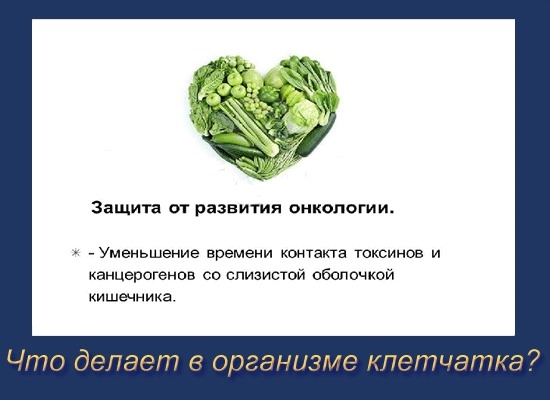
Soluble fiber, which removes bad cholesterol, is excellent for preventing stroke or heart disease. Fiber also helps to normalize blood pressure, and for the prevention of constipation it is recommended to take it neat before lunch and dinner.


